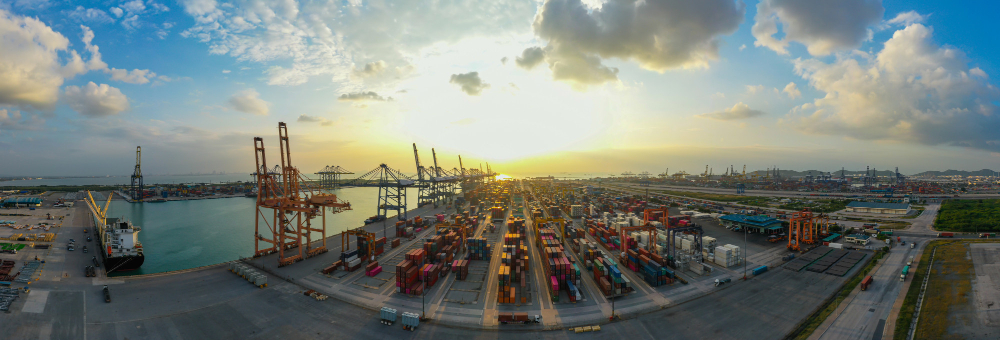In today’s interconnected world, supply chains have become increasingly vulnerable to global disruptions. Whether it’s a natural disaster, a pandemic, geopolitical tensions, or economic crises, these disruptions can severely impact the flow of goods and services. As a result, businesses are recognizing the importance of building resilient supply chains that can adapt and withstand these challenges. In this article, we will explore strategies to build a more resilient supply chain in the face of global disruptions.
Diversify Your Supplier Base
Overreliance on a single supplier or a specific region can leave your supply chain vulnerable to disruptions. To enhance resilience, consider diversifying your supplier base. This can involve sourcing from multiple suppliers in different geographic locations. While this may increase short-term costs, it can mitigate risks in the long run.
Supply Chain Visibility
Invest in technologies that provide end-to-end visibility into your supply chain. Real-time tracking of inventory, shipments, and production can help you identify disruptions early and respond swiftly. Utilize data analytics and AI tools to gain actionable insights from this data, enabling you to make informed decisions.
Risk Assessment and Mitigation
Conduct a thorough risk assessment of your supply chain. Identify potential vulnerabilities and prioritize them based on their impact and likelihood. Develop mitigation plans for each risk, which might include safety stock, alternative suppliers, or contingency logistics solutions.
Collaborative Relationships
Build strong and collaborative relationships with your suppliers and logistics partners. Transparent and open communication can foster trust and lead to better problem-solving during disruptions. Work together to develop contingency plans and establish clear lines of communication.
Inventory Management
Maintain a balance between lean inventory management and safety stock. While minimizing inventory reduces costs, having some buffer stock can help meet demand during disruptions. Advanced inventory optimization tools can help strike the right balance.
Digitalization and Automation
Leverage digital technologies and automation to streamline your supply chain operations. Robotics, IoT sensors, and blockchain can enhance efficiency and traceability. Automated processes also reduce the risk of human errors in critical tasks.
Scenario Planning
Create scenarios for potential disruptions and stress-test your supply chain. This allows you to identify weak points and areas for improvement. By simulating various disruptions, you can refine your response strategies.
Resilient Sourcing
Consider reshoring or nearshoring some of your production. While globalization offers cost advantages, having local or regional suppliers can reduce lead times and transportation risks. It also supports local economies.
Sustainability
Sustainability and resilience often go hand in hand. Sustainable practices can reduce environmental risks and enhance your brand’s reputation. Evaluate your supply chain for eco-friendly practices and explore opportunities to reduce your carbon footprint.
Continuous Improvement
Building a resilient supply chain is an ongoing process. Regularly review and update your strategies based on evolving risks and technologies. Engage in continuous improvement initiatives to stay ahead of potential disruptions.
In today’s volatile world, building a more resilient supply chain is no longer a choice but a necessity. By diversifying suppliers, increasing visibility, assessing risks, fostering collaboration, optimizing inventory, embracing digitalization, scenario planning, considering sustainable practices, and committing to continuous improvement, your organization can build a robust supply chain that can weather global disruptions. Remember, resilience is not just about bouncing back; it’s about bouncing forward, emerging stronger and more adaptable in the face of adversity.




